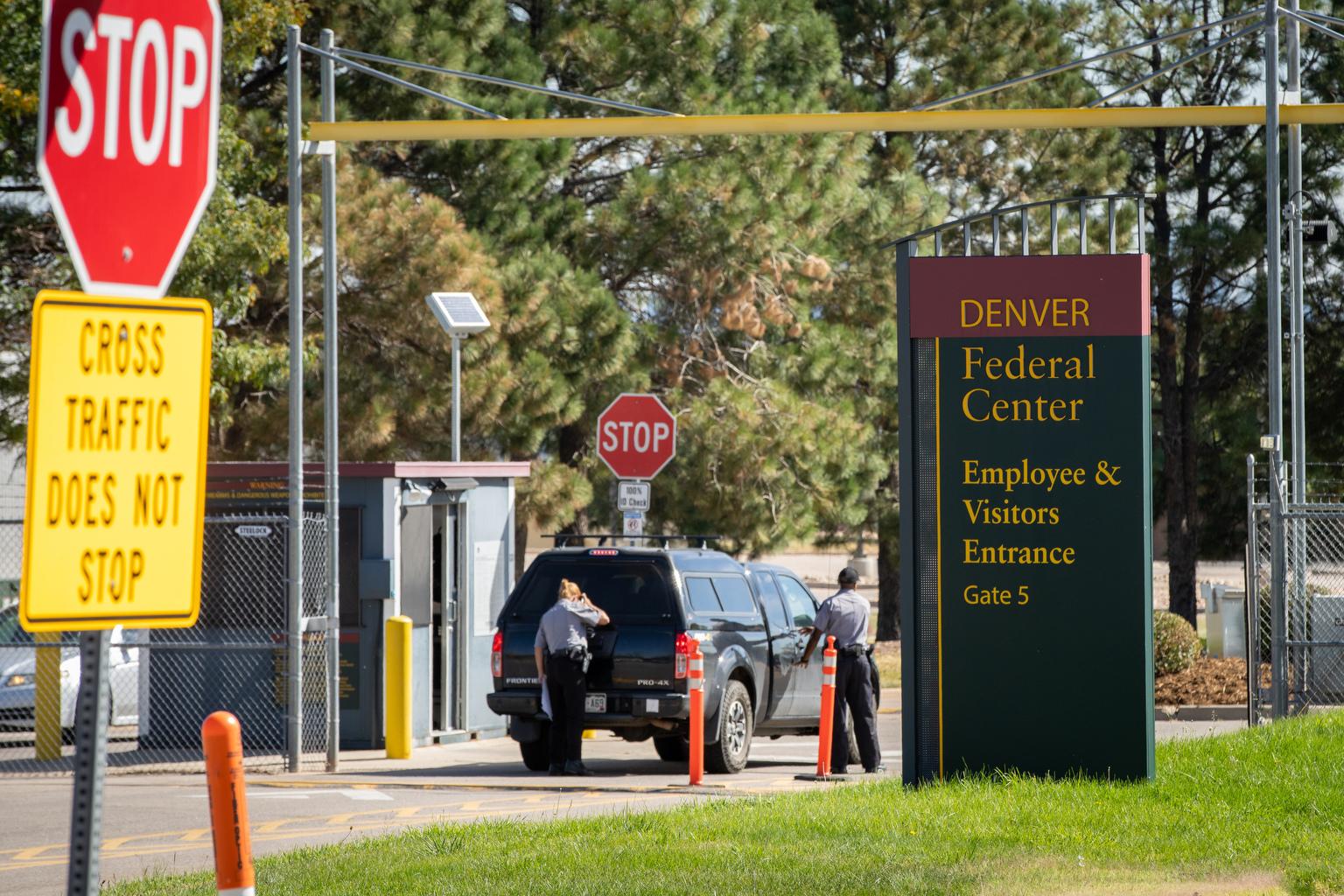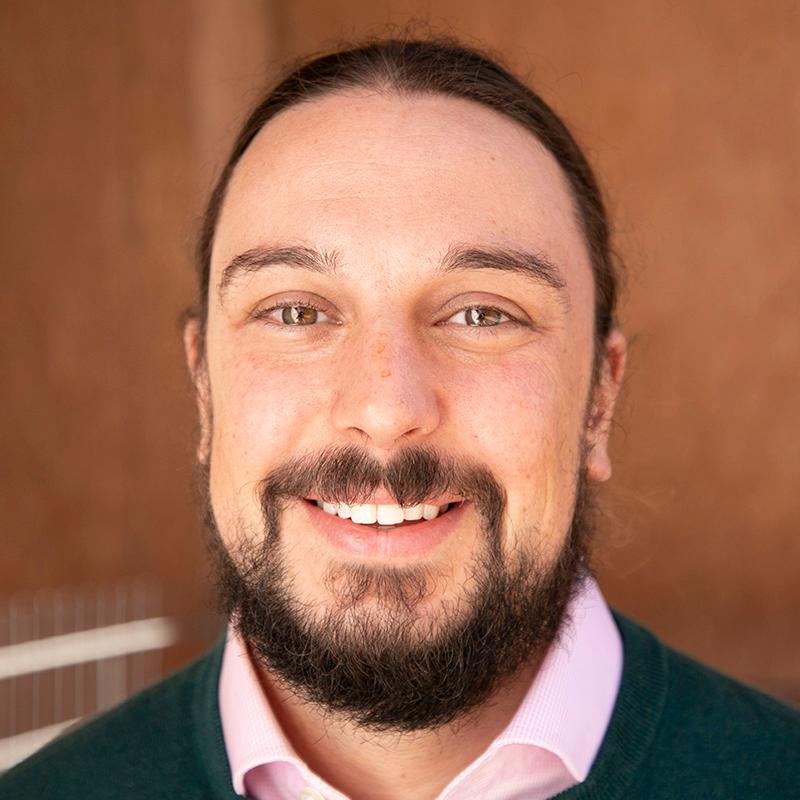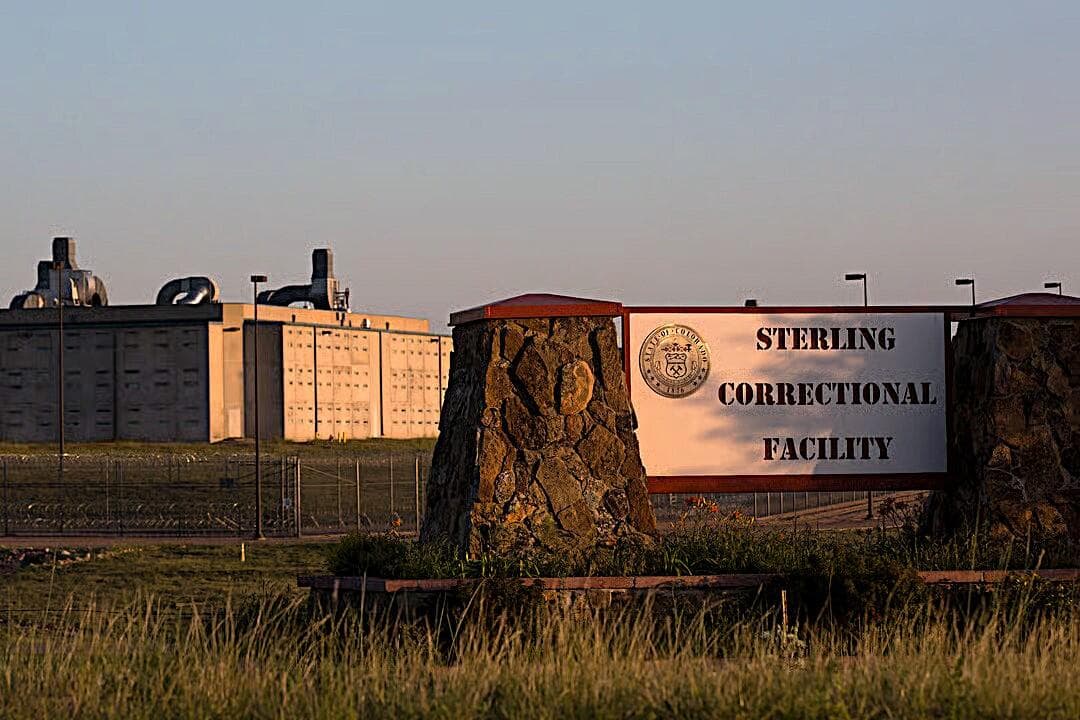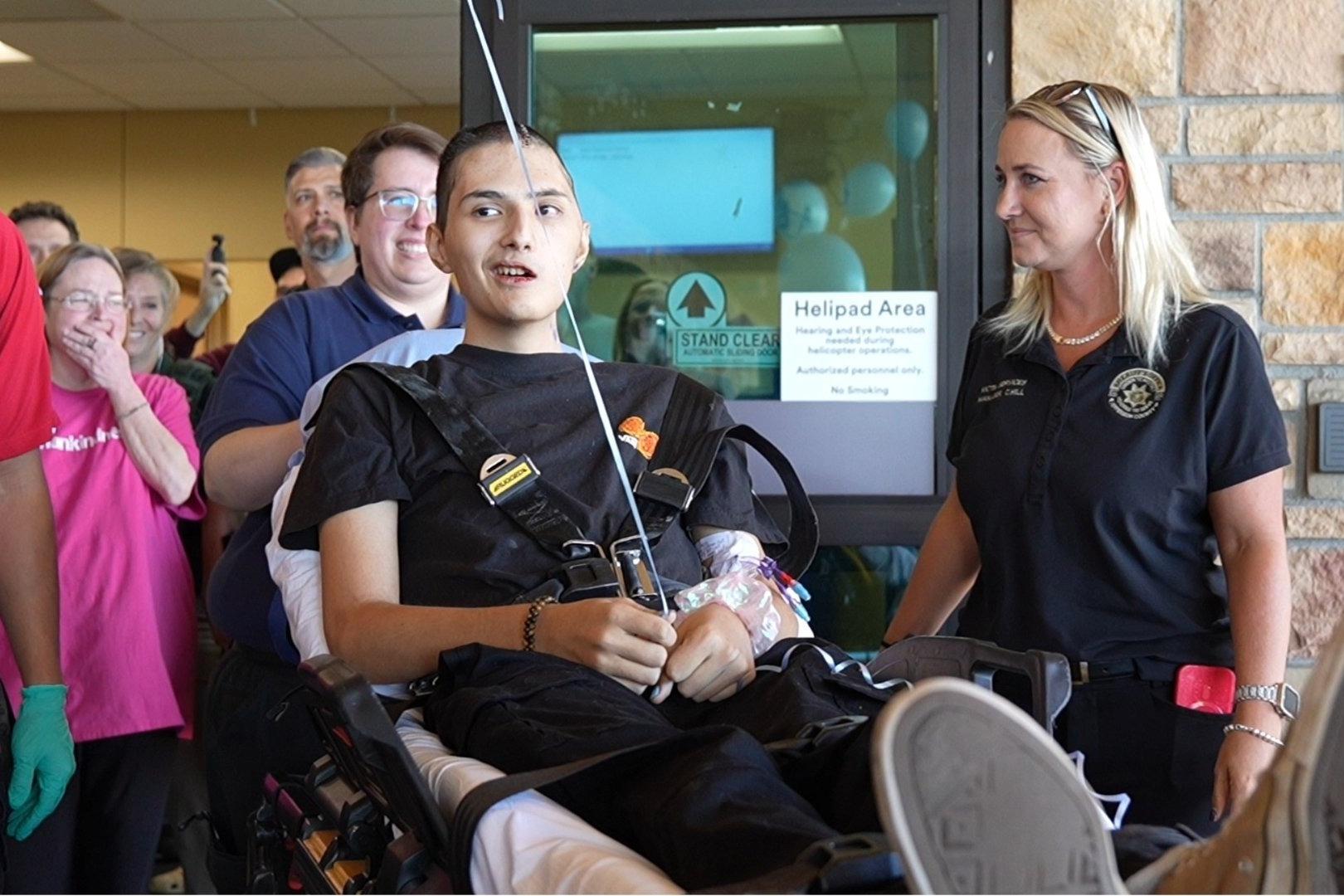
Colorado saw a flurry of federal cuts, including layoffs and canceled grants, after President Donald Trump returned to the White House, but what specifically had been trimmed remains a mystery.
“We're really not any closer to doing that,” U.S. Sen. Michael Bennet, a Democrat, told Colorado Matters when asked if his office had a handle on how many grants were cut. “We are asking everybody who was a recipient of a federal grant that's been canceled to please let our office know.”
Republican Congressman Jeff Hurd, who represents Colorado’s 3rd Congressional District, was similarly in the dark when asked about job losses in his district in February.
“I don't have specific numbers about what the number of individuals that have lost their jobs in the 3rd Congressional District in the last month is. I do not know,” Hurd said.
Now, a former federal attorney for the Department of Justice and current doctoral fellow at The Ohio State University is seeking to answer those questions. Abby André founded the Impact Project, which seeks to account for and map cuts to federal employment and funding.
André spoke with Colorado Matters Senior Host Ryan Warner about the challenges of gathering data and what the information might be used for.
This interview has been edited for length and clarity.
Ryan Warner: I want to start with my surprise and whether you share it. When I've interviewed officials, I'm astounded they don't have a grasp on this. Does that astound you?
Abby André: It doesn't. And that's because I've been studying the data and I know that it is very hard to pin down certain types of numbers right now because we're not seeing clear communication from the administration about where people have been fired, how many people have been fired, program cuts, and all of that.
Warner: You have been trying to get a clearer picture. Are you any closer to learning what President Trump, along with Elon Musk, though perhaps formerly, have actually cut out of the federal government?
André: We know a lot. So we are studying, across-sector, all of the cuts that we are seeing that we can glean from a couple of different sources.
Warner: Tell us about the sources you are leaning on when you can't necessarily lean on the administration.
André: That's right. So the Impact Map includes newspaper articles, some government data to the extent that we can get it and feel that it's verifiable, and also direct testimonials. So we've collected about 1,000 interviews from people directly impacted by these cuts.
Warner: So there's some self-reporting here, and then you have some kind of alerts in news articles at the local level as people cover layoffs?
André: Yes. So I have quite a list of alerts, across-sector, and across states, and we do a lot of searching by hand and reviewing them by hand to code them and put them into the map.
Warner: Okay. And there is a breakdown of this data, sometimes by state and as local as county and community, for instance. What picture is emerging in Colorado? And I'll say, this is a place where you were employed federally for some time.
André: That's right. I was here at the Department of Justice field office for a number of years. So the picture that's emerging in Colorado is that they're experiencing cuts across sector. We're seeing a lot of grants canceled, over 100 by the latest count, leases revoked. A Fish and Wildlife office in Lakewood was closed. But we're also seeing a lot of people talking about impacts around the state really in every corner, because we have almost 40,000 federal workers here and just 13,000 here in Denver. So the opportunity for impact through workers is huge, but also the opportunity of impacts through funding, because Colorado gets almost 35 percent of its annual state revenue from the federal government.
Warner: Let's be clear that The Impact Project is about headcount, but it's also about dollars flowing to communities. You've used the phrase ‘across-sector’ a few times. That sounds like government-speak to me, Abby. What does that mean? What sectors are we talking about in government?
André: So when we started looking at these stories, I tried to divide them into categories that would be easy for folks to understand. We have food and agriculture, social services, public health, extreme weather and disasters. All of these things we try to divide because we're seeing so many stories, and the goal of the map is to really localize and humanize impacts. We want folks at the local level to be able to go in, look at our 20,000+ stories, and find what's important to them. So the sectors allow us to do that.
Warner: This struck me. Child care at some military bases? Expound on that for me.
André: So Fort Carson and Peterson Space Force have announced that they, due to the hiring freeze that the federal government put in place, have had to stop offering child care in the base. And what that suggests, given where it is down in Colorado Springs, is that military families are going to really struggle to figure out what to do with their kids during the day while they're serving the country.
Warner: We are heading into wildfire season, then onto hurricane season for the Gulf and Eastern Seaboard, although Colorado is a seat for prediction of hurricane season. Tell us how disaster funding could be accounted for in The Impact Project map.
André: So we've been accounting for changes in disaster funding a couple of ways. It's spread across many different agencies. FEMA, the Small Business Association, the HUD, Housing and Urban Development, all of these at the federal level have some hand and disaster funding.
Warner: Yes. And it's important to throw a bone to the members of Congress in both parties. It's not so clear cut when you say, "How do cuts affect blank?" because that may flow from any number of agencies. It's important to understand that.
André: That's right. And often we see this kind of fragmentation of programs across a bunch of different agencies at the federal level, and then that might also exist at the state level. And it does make it really complex, but all the more important that we have transparent and accessible data. So in the disaster context, we've already seen significant cuts to grants that were designed to help folks prepare for disaster. So a lot of pre-storm, pre-fire things that localities were trying to do to protect themselves.
Warner: Mitigation is the word there, I think.
André: That's right. So a lot of mitigation and preparedness grants have already been pulled down, the coming budget suggests that those programs will be canceled permanently, and that disaster relief funding through FEMA, SBA, and HUD will also be hit pretty hard, in the billions of dollars range.
Warner: But of course ‘a stitch in time saves nine,’ so we're shifting, perhaps, or we're exchanging a short-term savings for what may be more expensive, reaction-wise.
André: I think that's right, and I think we also have to push back against the idea that these cuts are really saving very much. The proposed budget for next year that just passed the House and is with the Senate might add a trillion plus, $2 trillion, to the national debt over the next 10 years. And that results in really intense impacts for us here on the ground. For the fire service here in Colorado, some say that our capacity to fight wildfires this season may have been diminished up to 40 percent based on the cuts.
Warner: Dr. André, can you total what's been cut and who's been cut in Colorado? Can you give us solid numbers?
André : I can tell you that 20 leases have been cut, over 100 grants, dozens of contracts. But the firing data is a lot harder to locate.
Warner: It's interesting. That would seem the easiest to me, but the money seems maybe more difficult to follow.
André: I know. But, for example, Denver is the second largest epicenter of federal workers in the country and we've got about 13,000 there. And we know that they work for agencies that have had RIFs and had cuts, but we don't know how many of them work in Denver. So what, an agency — we'll say, HHS, for example, RIFed — 10,000 workers.
Warner: That's a reduction in force.
André: That's right. From the Health and Human Services Agency, we know that huge numbers have been cut, but we don't exactly know where they work. And that's part of what The Impact Project is trying to fill.
Warner: There's also this going back and forth, because we know some positions are being restored. Firefighters, for instance. What's your goal? I can imagine someone listening to this who doesn't want big governments who might be rooting for a slimming down and think, ‘Oh, you are just there to advocate for big government.’
André: I definitely am not an advocate. I'm a data scientist at heart and I have a real love of the country. I worked in the federal government for the DOJ for a decade.
Warner: Under both Republican and Democratic administrations.
André: That's right. And I felt that it was urgently important for local people to understand how the federal government is enmeshed in their lives, how NGOs are supported by federal government.
Warner: So nonprofits, essentially.
André: That's right. So that we can make better decisions moving forward about how our governments should be structured, how our public services should be structured. And this is not a project that prescribes what should happen, rather we provide data so that policy makers, business leaders, and those in positions to do so can respond to make sure that their local communities are taken care of.
Warner: Take that to the ground level. So, if I'm listening right now in Pueblo County, if I'm listening in Delta, how do I use the tool? What's my first step?
André: Your first step is to go to theimpactproject.org and access the map. You can use several filters to look at different sectors, different areas of interest, different actions. But we're also starting to roll out dashboards. So we've got a dashboard for every state that explains in more detail what the federal government looks like in that state and what cuts look like to the best of our knowledge, and throughout the summer we will be doing a sprint, essentially, to push out some more subject-specific maps to really get information to folks about the impacts of the proposed budget cuts and also the executive branch's actions to date.
Warner: You're going to be supercharged by the whole budget question, because that's going to change the picture. A source put it this way to me, this is someone who lost their federal job, "We are losing the professionalization of government." Do you think that's true?
André: I would say we're losing the expertise of government, the combination of expertise and knowledge and service that makes the federal workforce so unique.








